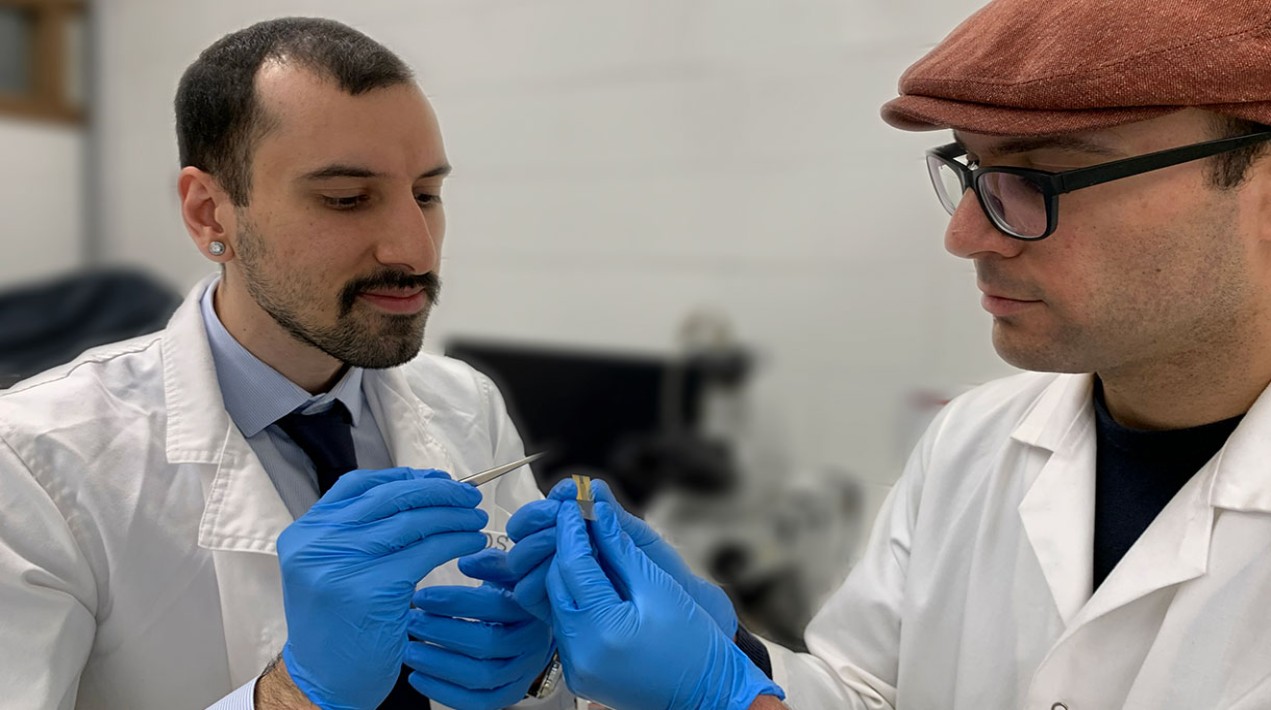
The engineers at RMIT University have led the development of an innovation that could result in mobile phone batteries having a lifespan of up to three times longer than current technology. This would be a significant advancement in battery technology, leading to longer-lasting devices and reduced waste. Additionally, it could have a positive impact on the environment and resources by reducing the need for frequent battery replacement.
The recycling rate of handheld batteries, including those used in mobile phones, is currently low in Australia, with only 10% being collected for recycling. The remaining 90% end up in landfills or are disposed of improperly, leading to significant environmental harm.
The RMIT team has proposed a solution to this issue by using high-frequency sound waves to remove rust and extend the lifespan of recyclable batteries up to 9 years. This could greatly improve the current recycling rate and reduce the environmental impact of improper disposal.
Recycling lithium and other materials from batteries are often hindered by high costs, making it difficult to promote the reuse of these items. The team is working with a nanomaterial called MXene which they believe holds great promise as an alternative to lithium in batteries. This material could help address the cost challenge of recycling and make the process more economically feasible. The use of MXene in batteries could be an exciting development for the future of battery technology.
Leslie Yeo, the Lead Researcher at RMIT University, stated that MXene, a nanomaterial with high electrical conductivity like graphene, has great potential for battery technology. However, it rusts easily, and the team discovered that high-frequency sound waves can remove rust and extend the lifetime of MXene batteries by up to three times, making it commercially viable for electronic parts. The research is published in Nature Communications.
How the tech works
Co-lead author Hossein Alijani, a PhD candidate, said that the main challenge with using MXene is the rust that forms on its surface when exposed to a humid environment or suspended in watery solutions. This rust is difficult to remove, especially since MXene is much thinner than human hair.
Existing methods to reduce oxidation involve chemically coating the material, limiting its use in its native form. The team showed that exposing oxidized MXene film to high-frequency vibrations for a minute removes the rust, allowing for recovery of its electrical and electrochemical performance.
Potential application
The team of engineers at RMIT University in Australia has developed a new way to restore oxidized materials to a near-pristine state using high-frequency sound waves. The technique could extend the lifetime of battery components used in mobile phones and other electronics, which typically deteriorate after 2-3 years of use due to rust formation. The team is working with a nanomaterial called MXene, which has high electrical conductivity and the potential to be a promising alternative to lithium in batteries.
The challenge with using MXene was its tendency to rust, inhibiting electrical conductivity. The team’s innovation of removing rust from MXene using sound waves could help revive MXene batteries every few years, extending their lifetime by up to three times. The ability to prolong the shelf life of MXene is crucial for its commercial viability in electronic parts. The team says their work opens the door for MXene to be used in a wide range of applications, including energy storage, sensors, wireless transmission, and environmental remediation.
Looking ahead
The team is looking to collaborate with industry partners to integrate their acoustics device into existing manufacturing systems and processes, so their method of rust removal can be scaled up. They are also exploring the potential of their invention in removing oxide layers from other materials for applications in sensing and renewable energy.
The team is optimistic that this innovation can bring the nanomaterial MXene to a wider range of applications in energy storage, sensors, wireless transmission and environmental remediation, by removing the rust that inhibits battery performance and restoring the electrical conductivity and electrochemical performance of the material.
















